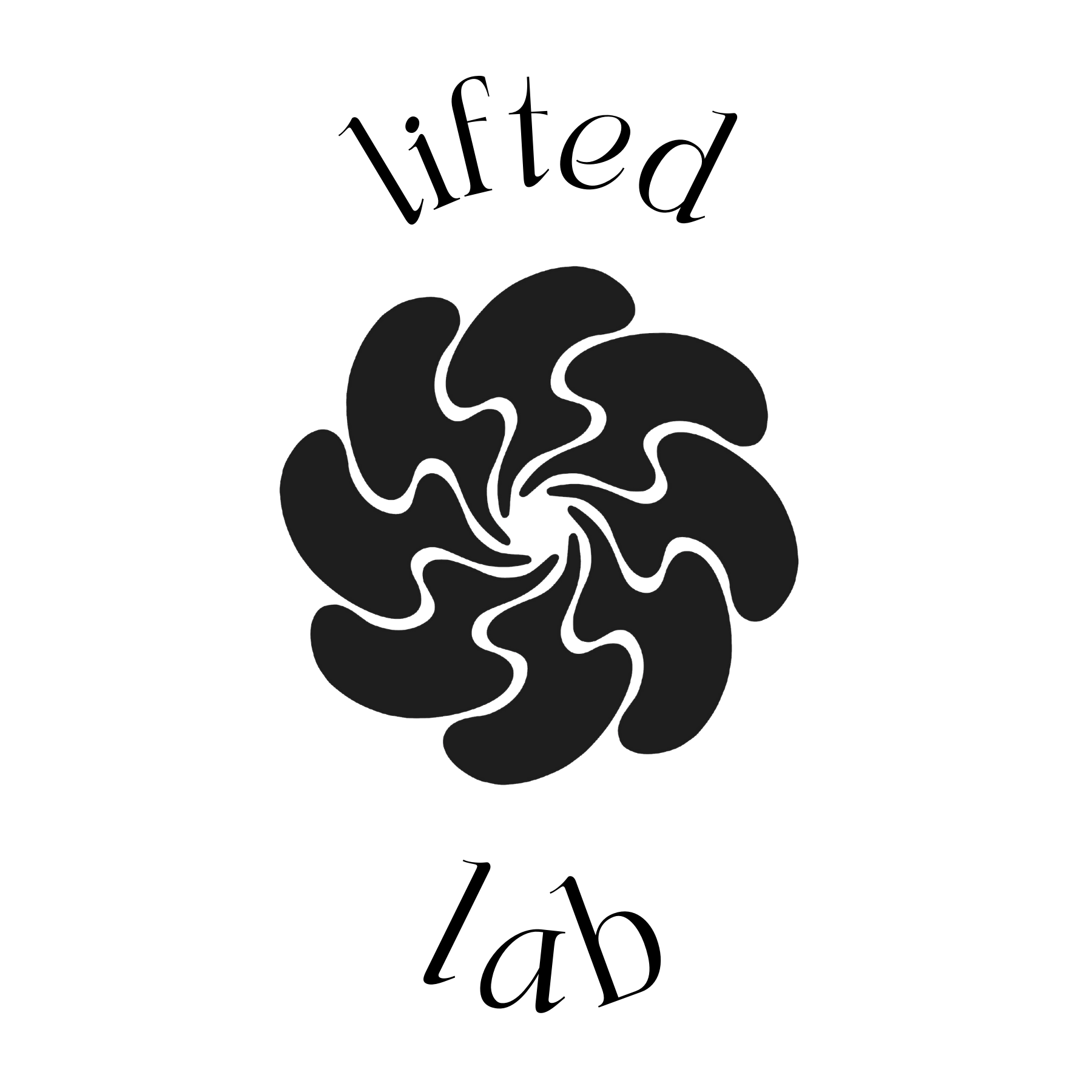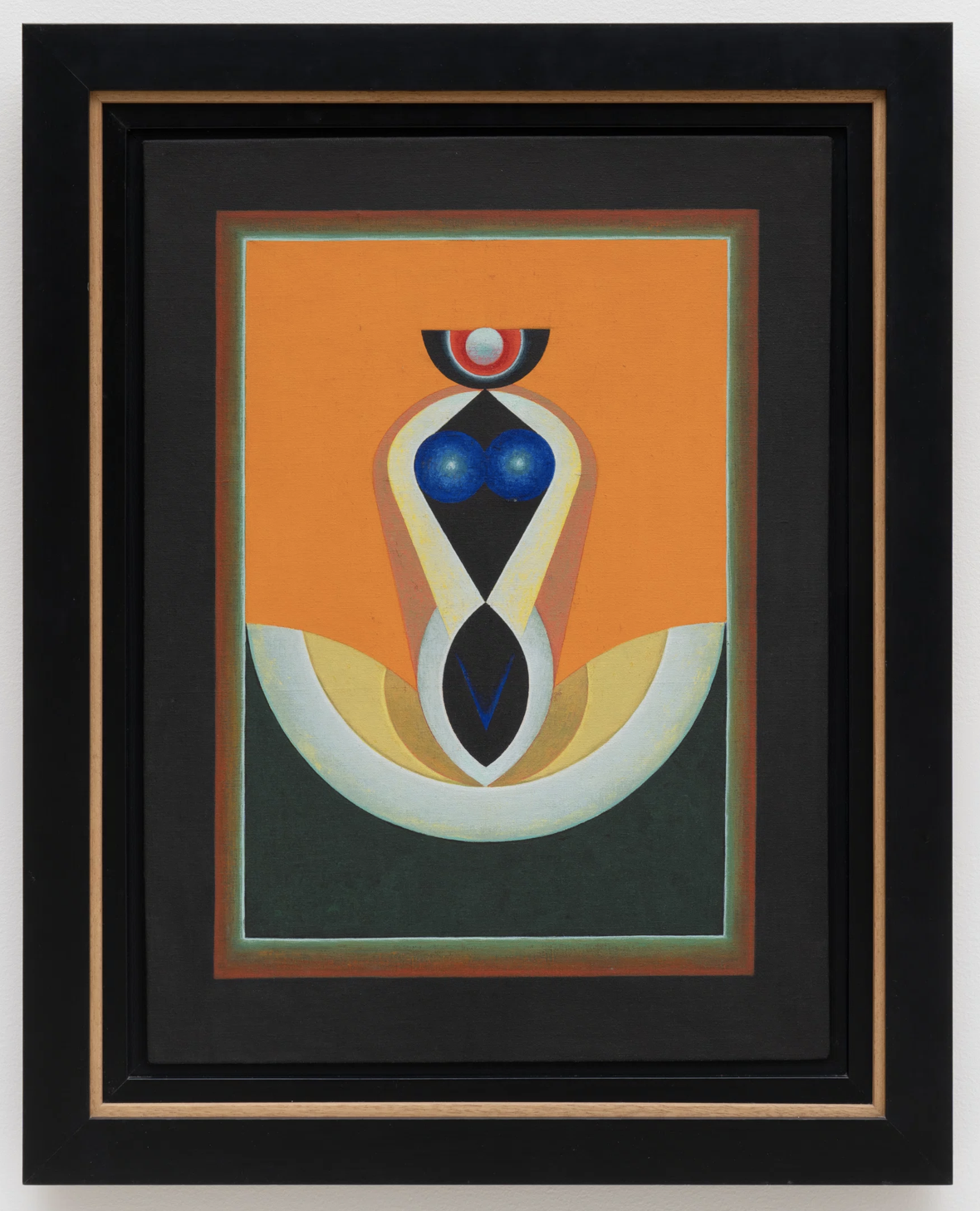“Pattern Recognition” curated by Amy Lincoln
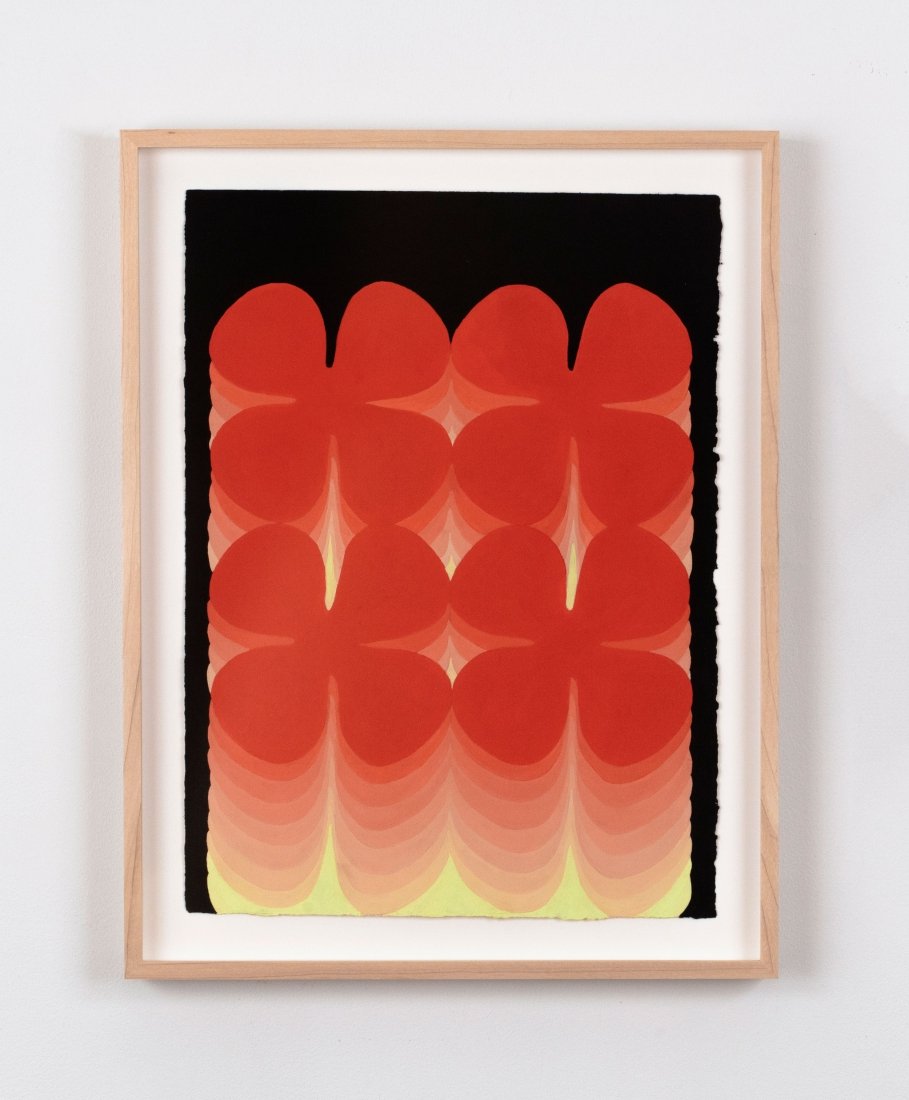
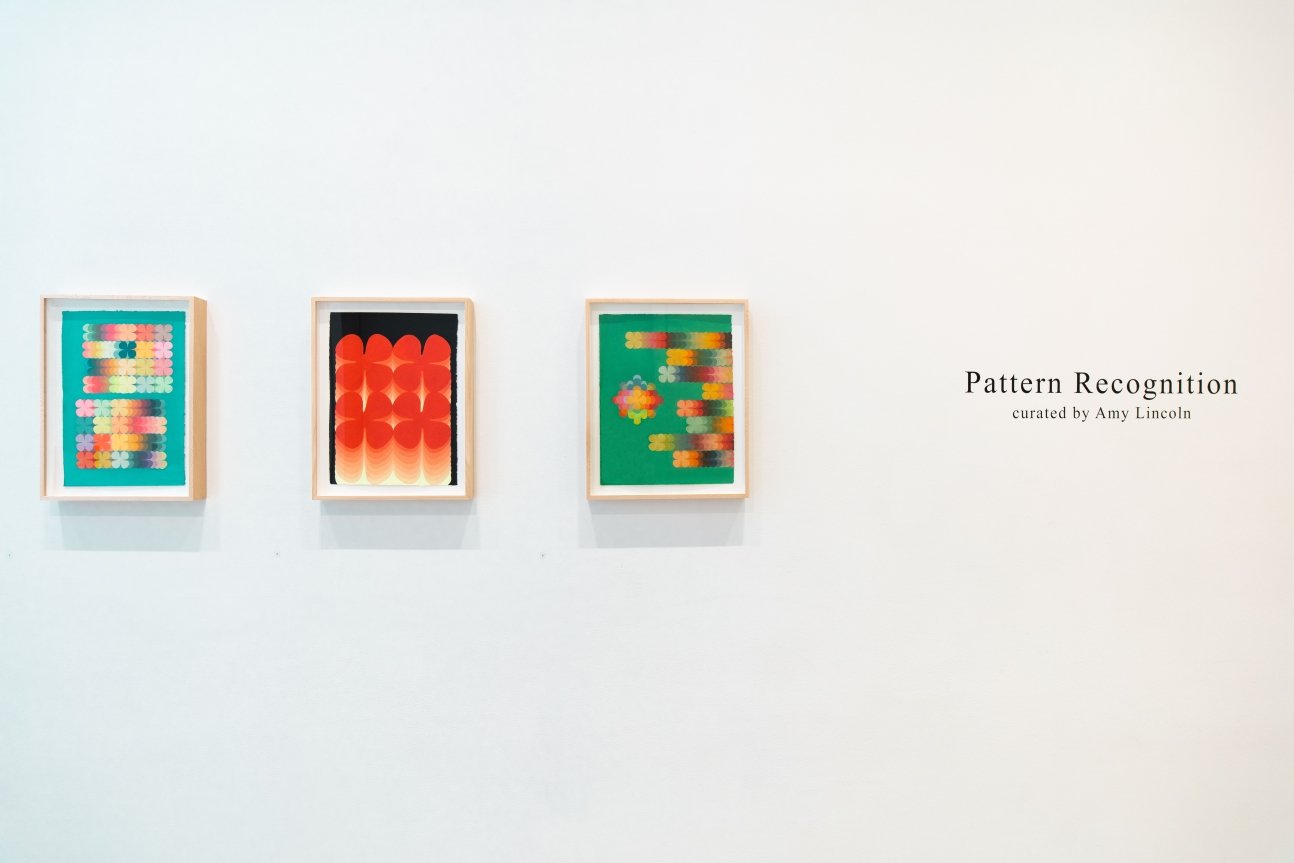
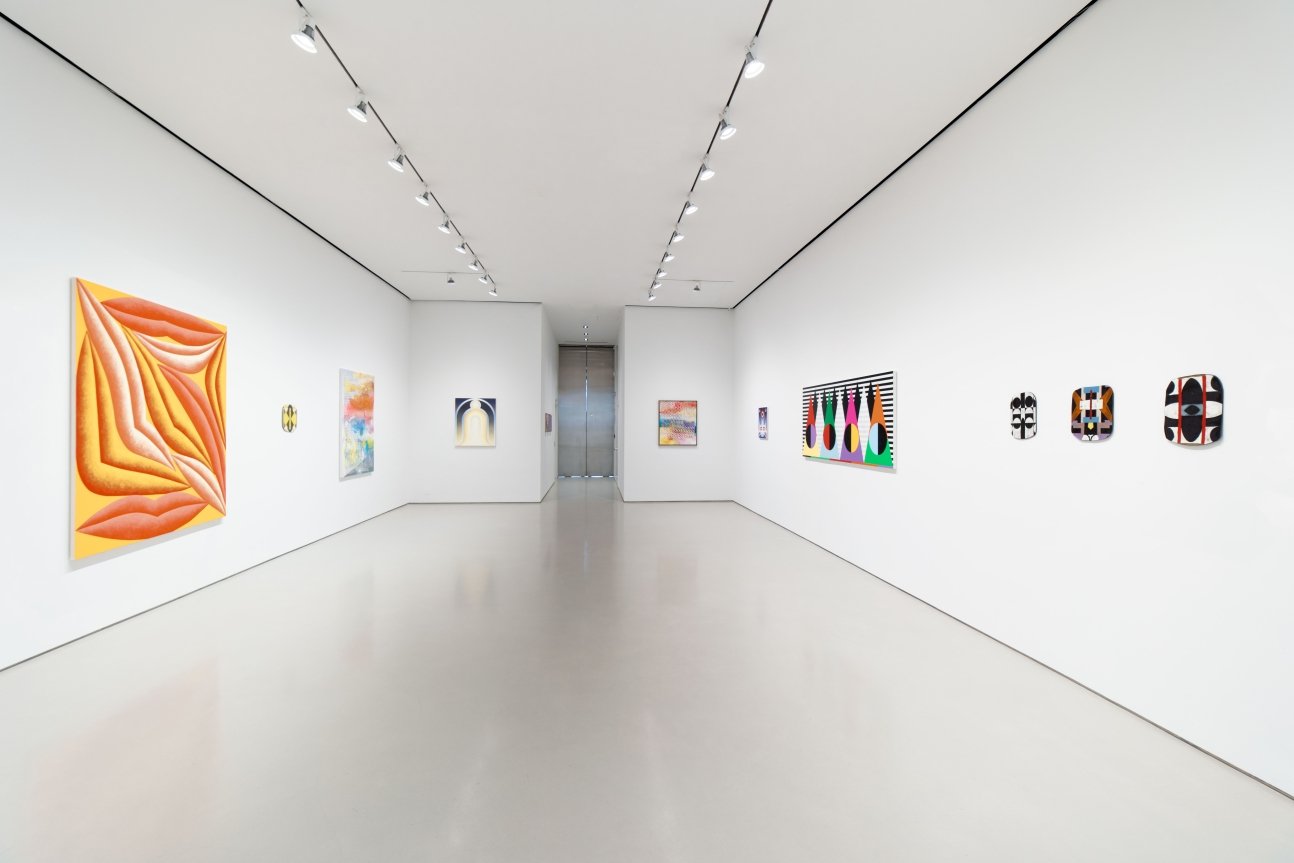
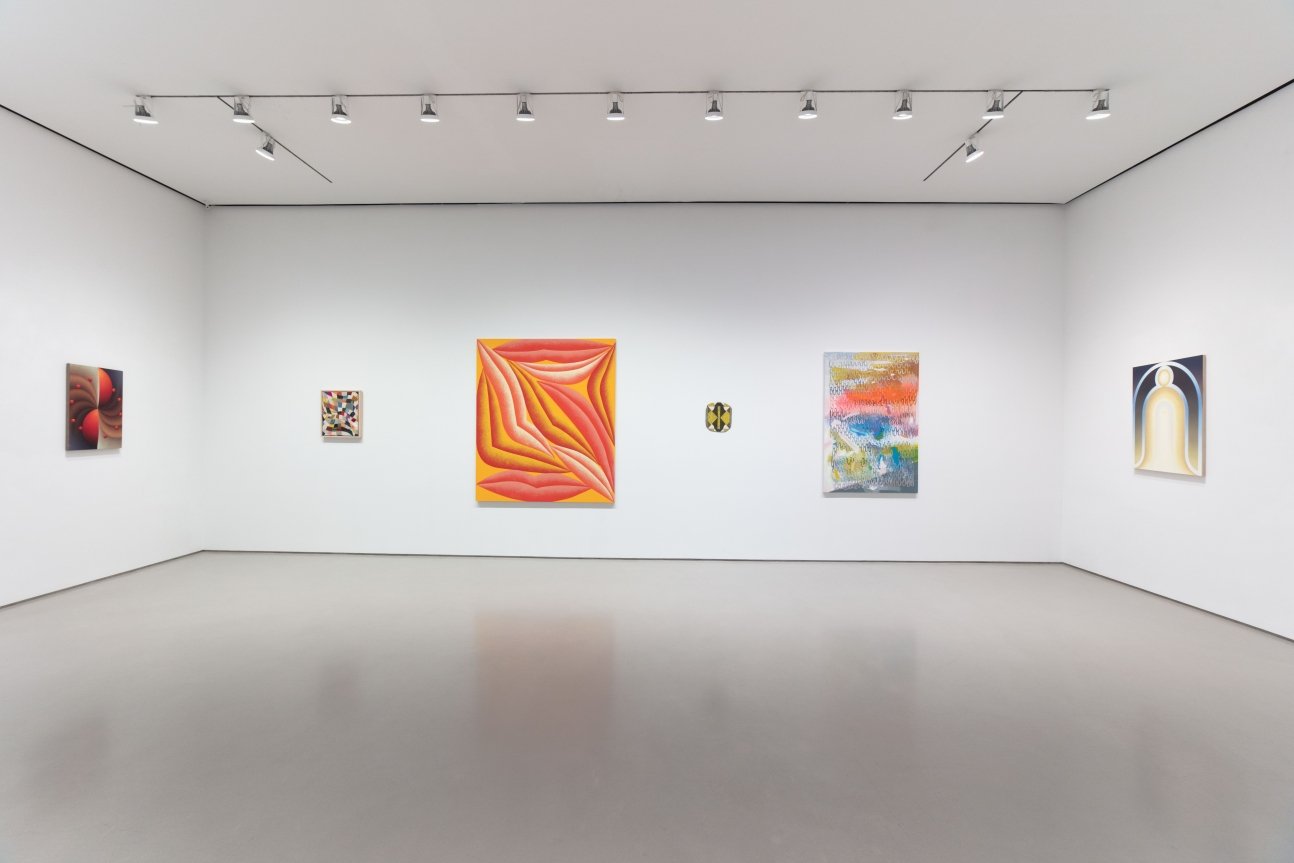
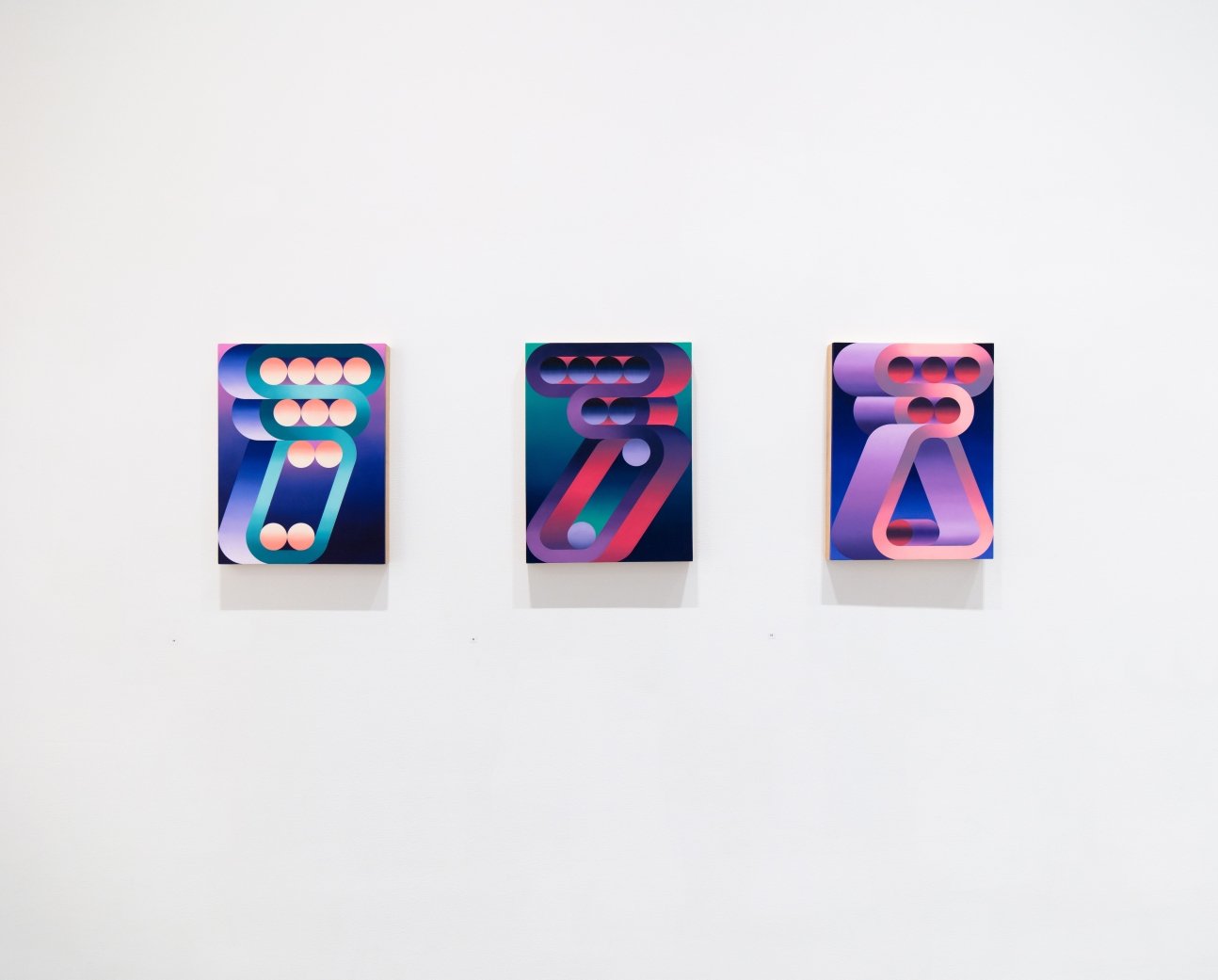
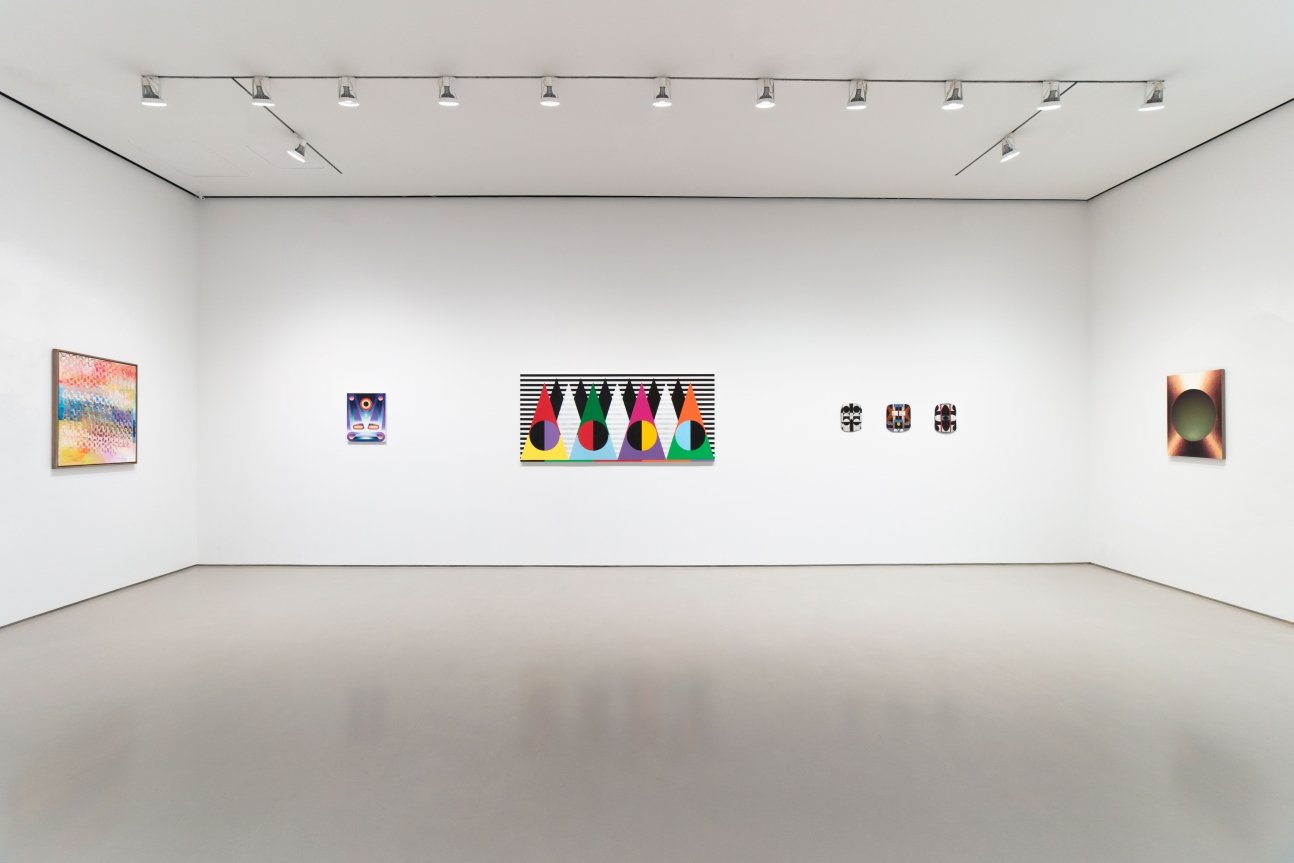
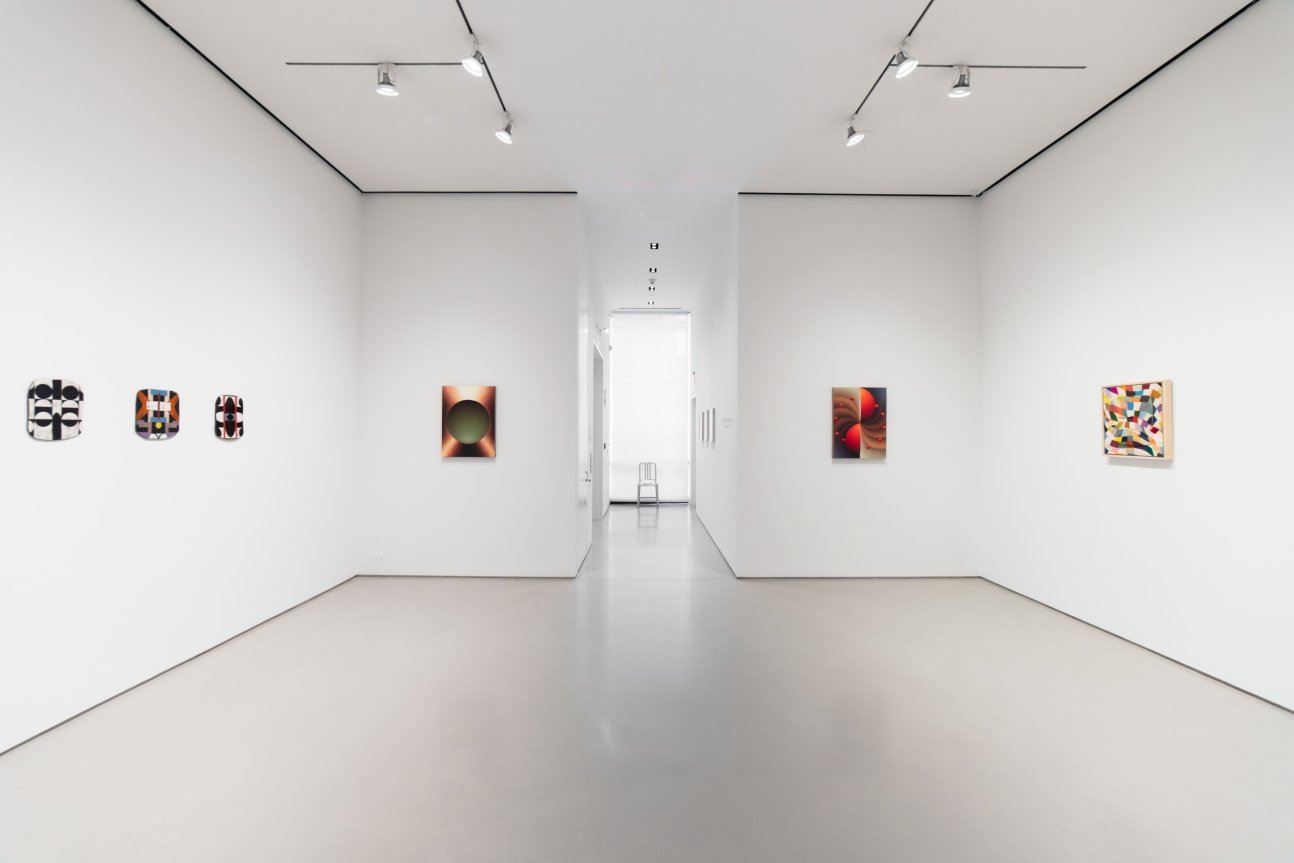
Sperone Westwater is pleased to present Pattern Recognition, a group exhibition exploring the formal qualities of abstraction. Curated by gallery artist Amy Lincoln, Pattern Recognition features paintings by Corydon Cowansage, Rico Gatson, Loie Hollowell, Dan Perkins, Alejandra Seeber, Benjamin Styer and ceramics by Kevin Umaña, all of whom share a dedication to abstraction. Lincoln explains, “As my work has evolved in the last year, I’ve thought more about geometric abstraction, simple composition, and the power of repeated forms to create rhythm in painting.”
Lincoln’s selections highlight a variety of ways painters approach color, geometry and form. Some play with spatial representation—mixing pigments and oils into tonal gradations that imply depth and movement—while others use repetitive patterns to establish symmetry, characterized by clean, hard-edged paint application. These investigations of pattern and composition demonstrate each artists’ intuitive exploration of their medium, revealing a diverse range of aesthetic choices that charge representation with abstraction.
Many of the exhibited works focus on references to the human body or patterns found in the natural world. Corydon Cowansage’s work enlivens biomorphic forms through cropped perspectives and bold color. In Red, Peach, Yellow, touching lips are magnified in a composition of undulating and recurring diagonal lines spanning the entire canvas and suggestive of a specimen under a microscope. Loie Hollowell’s Boob Wheel abstracts the human body through a dynamic use of color and dimensionality, its surface delicately rippled and built up with high density foam that emulates the sensuous curves of the female figure. Hollowell’s paint-handling varies—the shape of the breast and nipple-like spheres seem to jump off the canvas, in contrast to voluminous swirling textures of warm brown tones.
Dan Perkins transforms representational imagery through tight compositions, palette shifts and the cropping and rearranging of biology-based sources. His works are warped and optically engaging—seamlessly blended gradations are painted like networks of tunnels or corridors in which colors vibrate and shimmer, light bouncing from one plane to another in endless motion. By contrast, Benjamin Styer’s handling of color is more delineated and segmented. Rather than blending, Styer uses the repetition of identical forms in gradually lighter hues to imply movement and dimensionality. In Advertisement for Berry Sunflakes, the shape of a four-leaf clover is painted in full in a dense, bright red and repeated in a simple, two-by-two grid, so that the flower seems iconic, referencing graphic design elements of commercial advertising.
Featured also are two Knitt Paintings by Alejandra Seeber, in which patterns exist as process and subject matter. Seeber begins each canvas with an image of the world that she rapidly blows up in stains that scatter, blurring the line between figures and abstraction. Using her brush as a tool for “paint knitting,” Seeber layers paint in systematic patterns that mimic textile design, suggesting the interwoven loops of a mesh.
This allusion to knitting hints at the practical use of patterning across cultures—as decoration or common practices like weaving, knitting, knotting, printing and casting. Pattern can be rather socially charged, indicating that material culture reflects histories of capitalism, colonialism, migration and diaspora. Rico Gatson’s painting, Untitled (Quarter Moons), infuses pattern with cultural identity, inspired by color and composition of African, Indigenous and sacred art. Sharp triangles are clustered with clear sections of electric blues, tough reds, fertile greens and sunny yellows segmented within each shape. This Pan-African palette vibrates against the sharp black stripes in the background, congealing into a strangely lifelike community, a huddled council. In Kevin Umaña’s recent ceramics, geometric compositions often represent specific memories of his youth in El Salvador. Investigating the history of the Pipil people—the Indigenous group of his family ancestry— Umaña’s work is influenced by nature, beaches, plants, construction materials, food and religion, which he simplifies, distorts and crops until they bear little resemblance.
Press release and images via Sperone Westwater, NYC.
